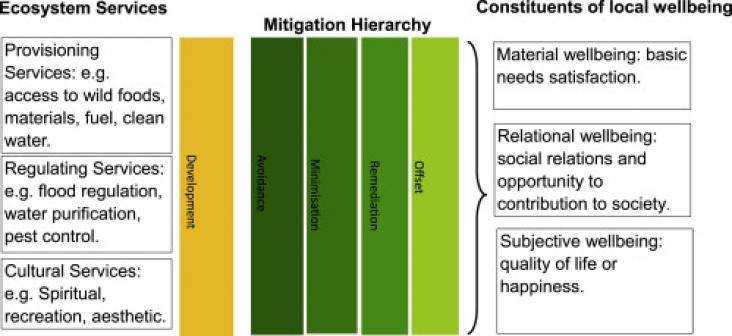Over US$60 trillion is predicted to be spent on new infrastructure globally by 2040.

For many years, WTM London has organised World Responsible Tourism Day, with the support of the United Nations World Tourism Organization. This is the world’s largest industry event focused on efforts to make the industry more responsible and sustainable. Each year leading figures from the industry, along with representatives of civil society and key organisations, gather to discuss the key issues facing the sustainable development of tourism. Many of these issues are directly reflected in the 17 Sustainable Development Goals, which was the focus of a key panel discussion at the 2016 event.
This book chapter addresses goals 7, 12, 13 and 14 by describing the fundamental issues of microalgae and their cultivation as a biofuel and alternative food source.
To conserve the bulk of Earth's ecological heritage across the Anthropocene, setting aside half of Earth's land is just a start.
Economic development projects are increasingly applying the mitigation hierarchy to achieve No Net Loss, or even a Net Gain, of biodiversity.

Economic development projects are increasingly applying the mitigation hierarchy to achieve No Net Loss, or even a Net Gain, of biodiversity.
This book chapter addresses goals 13, 14, and 15 by focusing on how changing environmental temperatures affect species adaptation.
Conservation of biodiversity and ecosystem services in natural environments requires careful management choices.
There are increasing policy and market drivers for removing chemicals of concern from manufacturing processes and products. These drivers have centered primarily on developed countries.
Conservation of biodiversity and ecosystem services in natural environments requires careful management choices.
